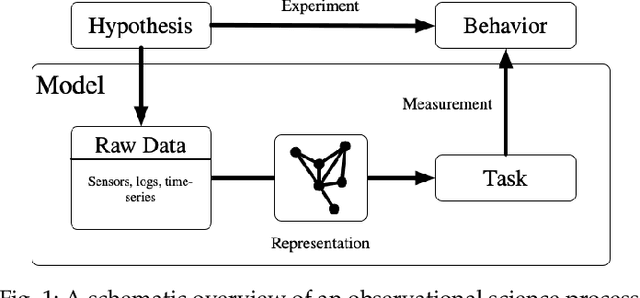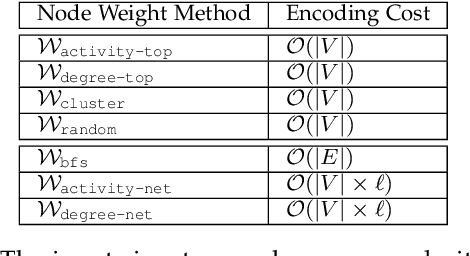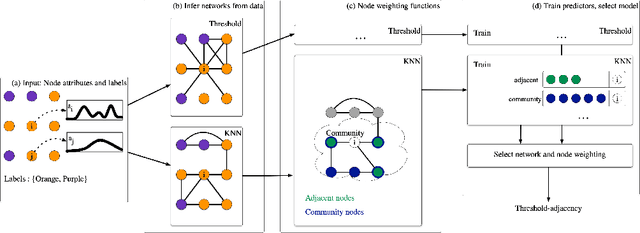Inferring Network Structure From Data
Paper and Code
Apr 04, 2020



Networks are complex models for underlying data in many application domains. In most instances, raw data is not natively in the form of a network, but derived from sensors, logs, images, or other data. Yet, the impact of the various choices in translating this data to a network have been largely unexamined. In this work, we propose a network model selection methodology that focuses on evaluating a network's utility for varying tasks, together with an efficiency measure which selects the most parsimonious model. We demonstrate that this network definition matters in several ways for modeling the behavior of the underlying system.
* arXiv admin note: substantial text overlap with arXiv:1710.05207
 Add to Chrome
Add to Chrome Add to Firefox
Add to Firefox Add to Edge
Add to Edge